Tornados and Typhoons supported Iraqi troops in Mosul, hitting nine Islamic State targets.
According to a statement to the press issued by the Ministry of Defence, three flights of Tornados and Typhoons struck a total of nine targets inside west Mosul; Brimstone missiles dealt with a heavy machine-gun and a mortar, whilst Paveway IVs silenced another mortar and hit five machine-gun positions and a sniper team.
According to a Ministry of Defence press statement:
“The RAF is continuing to support Iraqi forces in their effort to liberate western Mosul. While the operating environment in the city is very challenging, particularly given the closely-packed buildings, very narrow streets, and the density of the urban population, our aircrew have continued to deliver precision strikes in close support of Iraqi troops on the ground.
Daesh’s current tactics, including the illegal use of civilians as human shields, and fighting from sites such as schools, hospitals, religious sites and civilian neighbourhoods, increases the risk to innocent life. While no military operations come without risk, particularly in dense urban environments and against such inhuman Daesh tactics, the RAF continues to take all steps necessary to minimise civilian casualties.”
What is the current status of the air campaign?
In December 2016, it was reported that the Royal Air Force is operating at its most intense for 25 years in a single theatre of operation which far outstripped the UK involvement in Iraq and Afghanistan – RAF jets have dropped 11 times more bombs (1,276 strikes) on Syria and Iraq in the preceding 12 months than they had in the busiest year of action in Afghanistan a decade previously.
The cost of the operations against Islamic State and other details of the campaign were revealed in a briefing paper. In March 2015 the MoD confirmed that the net additional costs of the military air operation would be met from the Treasury Special Reserve; while the costs of training and equipping the Iraqi and Kurdish security forces, and the provision of key enablers, would be met from the MOD’s Deployed Military Activity Pool (DMAP).
In answer to a parliamentary question in September 2016 the MoD set the costs of the operation, between August 2014 and the 31st of March 2016, at £265 million (£45 million in the 2014-15 financial year, and £220 million in the 2015-16 financial year).



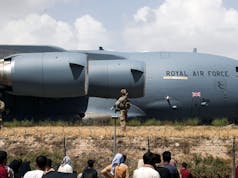

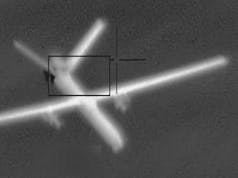
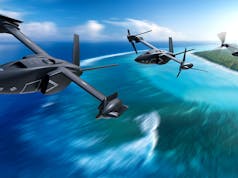
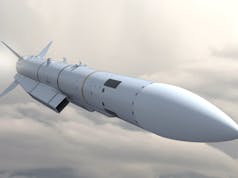
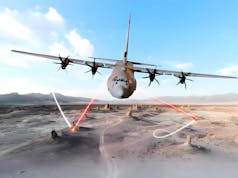




Useful picture, partly answers a question I had and forgot about.
Two at a time refuelling 🙂